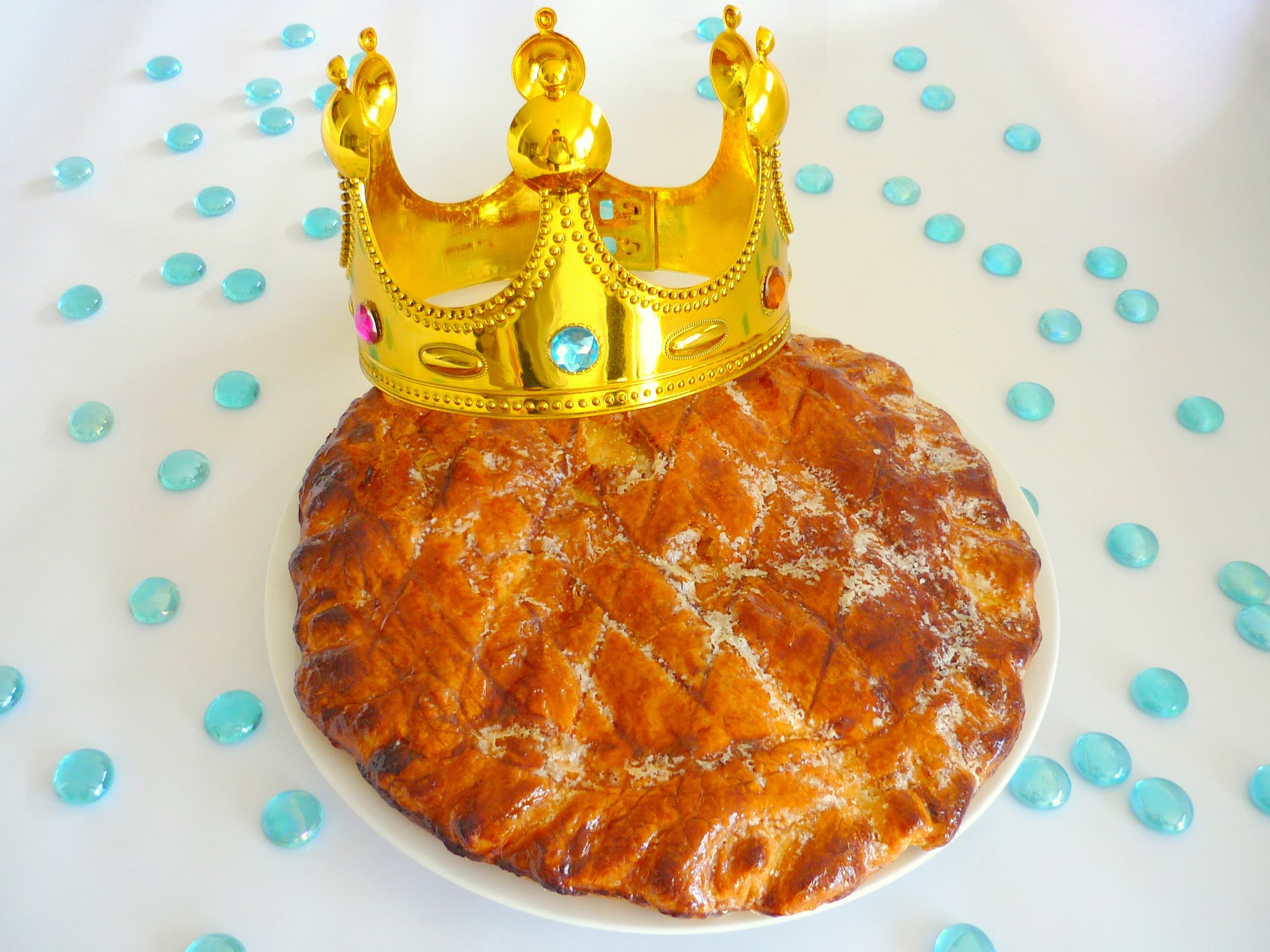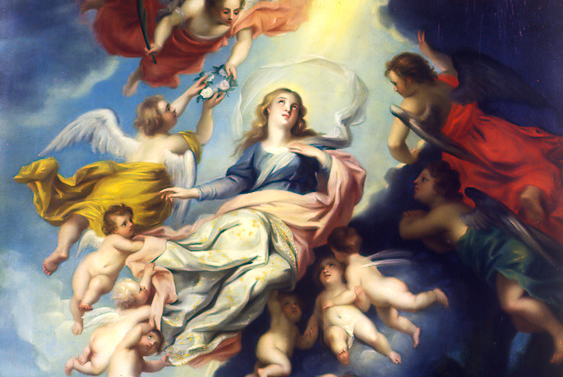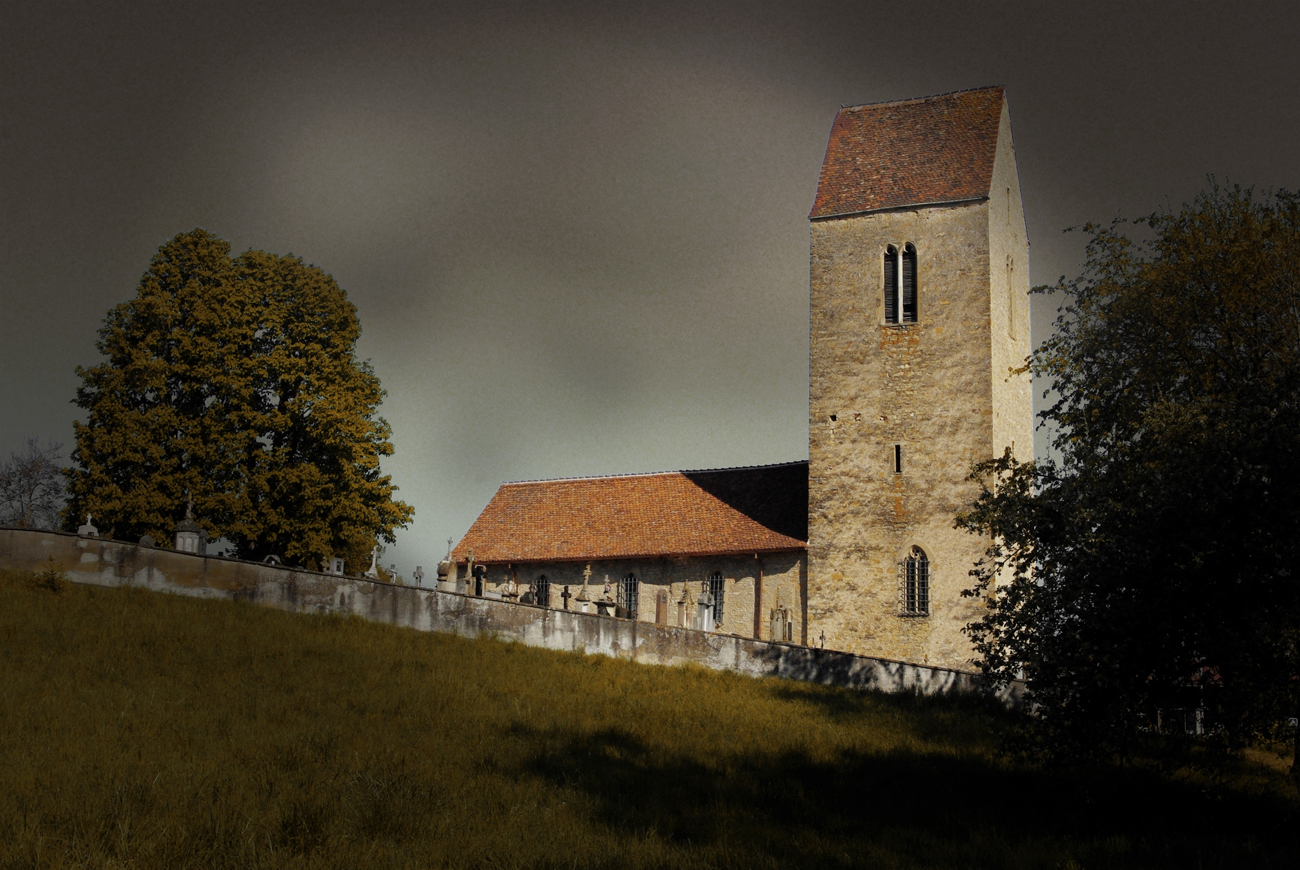Epiphany in France takes place on the 6th of January. It celebrates the date of the visit of the Magi to the infant Jesus. On that day, the three Wise Men, guided by the Star of Bethlehem, arrived from the East, bearing gifts for the divine Infant.
In France, it is on 6 January that the Wise Men figurines in the nativity scene are placed around baby Jesus. In the lead-up to this date, they were either hidden or gradually moved closer and closer to the stable.
French people also celebrate the Epiphany by eating the “galette des rois” (Kings’ cake) with a great ceremony!
Watch our short presentation video of Epiphany in France ⤵
The original story of Epiphany
Epiphany finds its origins in the Bible. The Gospel of Matthew relates the story of the Wise Men’s visit to Jesus in chapter 2, verses 1-12:
(from The Message)
1-2 After Jesus was born in Bethlehem village, Judah territory— this was during Herod’s kingship—a band of scholars arrived in Jerusalem from the East. They asked around, “Where can we find and pay homage to the newborn King of the Jews? We observed a star in the eastern sky that signalled his birth. We’re on pilgrimage to worship him.”
3-4 When word of their inquiry got to Herod, he was terrified—and not Herod alone, but most of Jerusalem as well. Herod lost no time. He gathered all the high priests and religious scholars in the city together and asked, “Where is the Messiah supposed to be born?”
5-6 They told him, “Bethlehem, Judah territory. The prophet Micah wrote it plainly:
It’s you, Bethlehem, in Judah’s land,
no longer bringing up the rear.
From you will come the leader
who will shepherd-rule my people, my Israel.“

Herod’s evil plan…
7-8 Herod then arranged a secret meeting with the scholars from the East. Pretending to be as devout as they were, he got them to tell him exactly when the birth-announcement star appeared. Then he told them the prophecy about Bethlehem, and said, “Go find this child. Leave no stone unturned. As soon as you find him, send word and I’ll join you at once in your worship.”
9-10 Instructed by the king, they set off. Then the star appeared again, the same star they had seen in the eastern skies. It led them on until it hovered over the place of the child. They could hardly contain themselves: They were in the right place! They had arrived at the right time!
11 They entered the house and saw the child in the arms of Mary, his mother. Overcome, they kneeled and worshipped him. Then they opened their luggage and presented gifts: gold, frankincense, myrrh.
12 In a dream, they were warned not to report back to Herod. So they worked out another route, left the territory without being seen, and returned to their own country.

Why does Epiphany take place on 6 January?
At the beginning of the 19th century, the Magi’s visit to Jesus was arbitrarily set to have taken place on 6 January.
Initially, the Epiphany was a pagan celebration of light that started during the winter solstice on 21 December. This night is the longest of the year and signifies light’s return and renaissance.
This cycle, through Christmas, lasts 12 days and 12 nights, representing the 12 months of the year, the 12 hours of a day, and the 12 apostles of Christ. The Epiphany is the culmination of this cycle when days are at their longest.
An Ancient Greek origin?
The word Epiphany derives from the ancient Greek Ἐπιφάνεια (Epipháneia), meaning ‘manifestation’ or ‘appearance’.
Epiphany was founded in the festival of light in antiquity, in Roman and Christian festivals, before being secularized.
The “Epiphanes” are, in Greek culture, the twelve deities of Olympus who appeared to men, first and foremost Zeus, the god of divine justice.
The notion of Epiphany has, for example, been found on coins from the second century BC.
Around the 6th of January, the days begin to lengthen significantly, confirming the promise of the solstice night.
The date of Epiphany was also originally a pagan festival. In ancient times, the Romans celebrated the Saturnalia, which lasted seven days, during which the social hierarchy and the logic of things could be criticised if not mocked and parodied.
The Church and Epiphany
The Church Father Epiphanius of Salamis (c. 315-403) chose the date of the 6th of January as the date of Jesus’ birth to refute a rival date proposed by the Alogo Gnostics.
Until the end of the 4th century, Epiphany was the great and only Christian festival of “the manifestation of Christ in the world”.
The coming of the Magi first expressed this manifestation, then with various episodes in the life of Jesus: the Nativity, the voice of the Father and the presence of a dove at the baptism in the Jordan, the miracle of Cana, etc.
The celebration date for three events
Church fathers such as St. John Chrysostom established traditions to commemorate three events on the same day during the feast of the Theophany:
- The Adoration of the Magi,
- the Baptism in the River Jordan thirty years later and
- the Wedding at Cana thirty-one years later.
The Christian liturgy brought these three events from the Middle Ages onwards. However, Christian piety and art favoured the Adoration of the Magi.
A change of traditions
Since introducing a Nativity (Christmas) feast on the 25th of December, the current liturgy of the Epiphany has emphasised specific meanings in different faiths and cultures.
Thus, the feasts of the 6th of January have been separated:
- The Latins have retained the Adoration of the Magi.
- The Orthodox Greeks, the Baptism of Christ.
- The Ethiopians and Armenians have kept a single festival to celebrate Christmas (the 6th of January for the Armenians and the 6th or 7th of January for the Ethiopians, depending on the calendar).
Since the 19th century, France has also called the 6th of January the “Day of Kings” in direct reference to the coming and adoration of the Magi.
Who were the Wise Men?

In the Bible, the Gospel of Matthew gives us little information about the whereabouts and the identity of the Wise Men. It does not specify whether or not there were three of them, nor whether they were kings, where they came from, and what their roles were. They were believed to be “scholars”, astrologers or scientists of their time. Riding on camels, the Bible tells us that they came from the East.
Religious or popular traditions have built a legend around the Wise Men and their story. This legend, however, appears to be quite far from the true story behind the Magi.
Legend has it…
Popular traditions have given them names and geographical origins:
- Melchior supposedly came from Europe.
- Gaspard (sometimes called Caspard) came from Asia.
- Balthazar originated from Africa. Coming back from Palestine, the local Provencal tradition states that he travelled to Les Baux-de-Provence, where he stayed for the rest of his life. Believing him to be their forefather, the Lords of Baux carried a silver star on their coat of arms, and their war cry was “Au hazard, Balthazar!” (“To luck, Balthazar!”).
The Wise Men’s gifts
According to the Gospel of Matthew, the Wise Men offered Jesus three expensive gifts: gold, frankincense and myrrh.
This number of gifts led the popular traditions to conclude that there must have been three Magi.
The Church has interpreted the gifts as referring to three aspects of Jesus, the Son of God:
- Gold is the most precious thing in the eyes of God.
- Frankincense is used by the high priest when talking to God.
- Myrrh was used to embalm the dead and foreshadow the coming sacrifice of Jesus to save the world from sin.
Epiphany in France: sayings and proverbs

Many sayings and proverbs are said during Epiphany in France, such as:
The Rain of the Kings means corn to the roof and wine overflowing from the barrels.
(Pluie des Rois, c’est blé jusqu’au toit et dans les tonneaux, vins à flots)
Snow at Epiphany, the barns will be full.
(Neige à l’Epiphanie, le grenier sera rempli)
If the weather is evident on the night of the Epiphany, the stream will be dry in summer.
(Si le soir du jour des Rois le temps est clair, l’été, le ruisseau sera sec)
During the Kings’ celebration, the days extend like a King’s step
(À la fête des Rois, le jour croit d’un pas de roi)
La Galette des Rois: a favourite French dessert!

For every French person, the Epiphany is synonymous with the “galette des rois”, a wafer king cake that is eaten ceremoniously a few days before and after 6 January (check out our recipe here!)
The origins of Galette des Rois
Since the 14th century, the 6th of January has been the occasion in France to “tirer les rois” (decide who is the king of the day). A porcelain or earthenware figurine (a charm, called “la fêve” in French) or a broad bean is placed in a traditional flat cake called “galette”, whose round shape symbolises the sun. The “Galette des Rois” is made of flaky puff pastry layers. The cake is filled with a dense centre of frangipane.
The tradition of the lucky charm
Tradition has it that the youngest family member goes under the table to distribute the slices to the people sitting around it. The person who finds the lucky charm in their slice of ‘galette’ becomes the king (or queen) of the day and must choose their companion.

In the past, the flat cake was divided into as many slices as people were around the table, plus one piece if a stranger or a poor person came to the house. This extra piece was called the portion of God (“la part du bon Dieu”).
Who will offer the best galette!
Every ‘boulangerie-pâtisserie’ (bakery) in France will sell various sizes of ‘galettes des Rois’ during the whole month of January, starting immediately after Christmas. The ‘galette’ will come with a golden crown made of thick paper. Alongside the traditional frangipane ‘galette’, two other king cakes are developing in France: the apple-stuffed galette and the chocolate galette.
Galette des Rois vs. Brioche des Rois
In Provence and in the South of France, the Galette des Rois is replaced by the Brioche des Rois. The ‘galette’ takes the form of a ring of brioche with candied fruits on it.

As for the traditional date of the tasting of the ‘galette’, it occurs nowadays on the Sunday nearest to the 6th of January, as people are not at work, and thus, the whole family can be gathered around for the event.
Can the French president eat galette des rois?
On a last (and somewhat funny) note, we cannot help but wonder whether a ‘galette des rois’ is ceremoniously eaten by the President of the French Republic and his family. What message would that convey to the French if the President got the lucky charm? If this happened, he would become the “King for the day” and might even be tempted to take France back to the Old Regime! Oh mon Dieu!
Interesting facts and figures
Surveys conducted in 2014 revealed some interesting facts and figures on the follow-up of the Epiphany tradition in France.
They reveal that 85% and 97% of French people celebrate Epiphany.
The French eat :
- a frangipane galette (70%),
- a ‘brioche des Rois’ (11%), mainly in the far south
- an apple galette des Rois (8%).
9% of French people eat more than five galettes (at home, work, with friends, etc.).
68% cheat to give the lucky charm to the youngest.
Find out more about Epiphany in France
- Check out our Galette des Rois recipe
- Read more about Epiphany in France on our French blog Mon Grand-Est
Pin it for later
Di you enjoy what you read? Then, pin Epiphany in France on Pinterest:








































